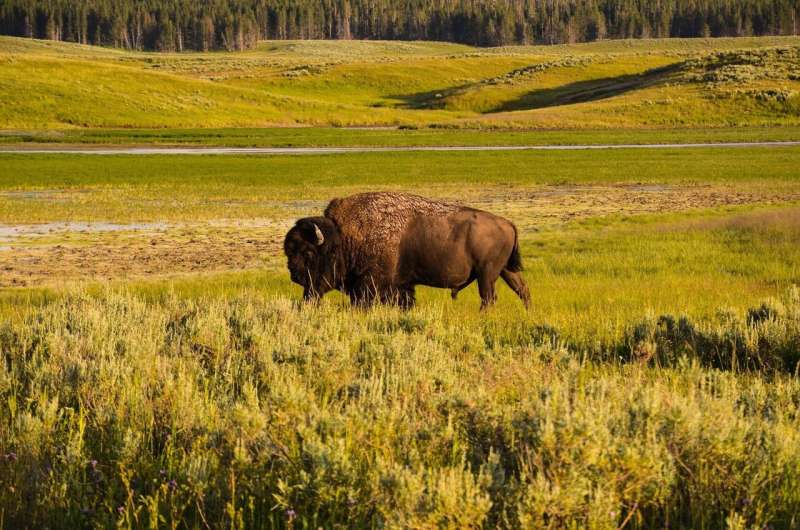
A recent study conducted by biologists from Brown University and scientists at Yellowstone National Park challenges the traditional dietary classifications of herbivores. The findings, published on July 15, 2025 in the Proceedings of the National Academy of Sciences, indicate that animals in Yellowstone consume a much broader variety of plants than previously understood.
The research suggests that existing classifications—carnivores, browsers, and grazers—oversimplify the dietary habits of herbivores. Study co-author Tyler Kartzinel, an associate professor of ecology, evolution, and organismal biology at Brown, emphasizes that these traditional categories fail to acknowledge significant dietary variation both within and across species.
“This challenges biologists to consider whether we’re finding patterns in nature that reinforce our perceptions of what animals should be doing rather than what they are actually doing,” Kartzinel stated. He argues that recognizing the dietary diversity among species is crucial for understanding wildlife behavior and conservation strategies.
Hannah Hoff, a Ph.D. candidate at Brown, contributed her expertise in botany and data science to the study. The research team analyzed fecal and plant samples from five herbivore species—pronghorn, bighorn sheep, mule deer, elk, and bison—using DNA metabarcoding techniques. This innovative approach helped the team identify the specific plants consumed by these animals and assess the variety of dietary types present within Yellowstone’s wildlife.
The results revealed that the dietary differences among the herbivore species were not as pronounced as previously thought. Instead, many animals exhibited overlapping diets that varied based on seasonal and environmental factors. For instance, during summer, a wide range of species foraged on nutrient-rich wildflowers, while in winter, diets shifted towards coniferous trees and shrubs.
Kartzinel noted, “The appropriate question is not, ‘Does that species eat grass?’ but rather, ‘Is it eating grass right now?'” This perspective highlights the dynamic nature of foraging behaviors among herbivores.
Hoff emphasized the importance of viewing vegetation as a dynamic ecosystem rather than a static habitat. “Centering our analysis of diet groupings on the plant species that distinguished them allowed us to examine how seasonality, nutrition, and spatial distribution influence herbivore foraging,” she explained.
The implications of this research extend beyond dietary classifications. It offers insights into how various species of large mammals can coexist within Yellowstone. Kartzinel stated, “These findings are a big step toward understanding how so many species of large mammals can survive together in Yellowstone. Maintaining plant diversity is critical for supporting the diversity of migratory wildlife.”
The study encourages scientists and conservationists to rethink established dietary categories and recognize the complexities of animal feeding behavior. As Kartzinel illustrated, “Imagine a herd of bison who are all supposed to be grazers, with one or two who want to eat like browsers. Findings like this show us that dietary diversity is actually normal.”
By acknowledging these nuances, researchers can better anticipate the needs of wildlife in changing environments, providing a more comprehensive framework for conservation efforts.
For further details, refer to the work of Hoff et al. in the Proceedings of the National Academy of Sciences, DOI: 10.1073/pnas.2502691122.






